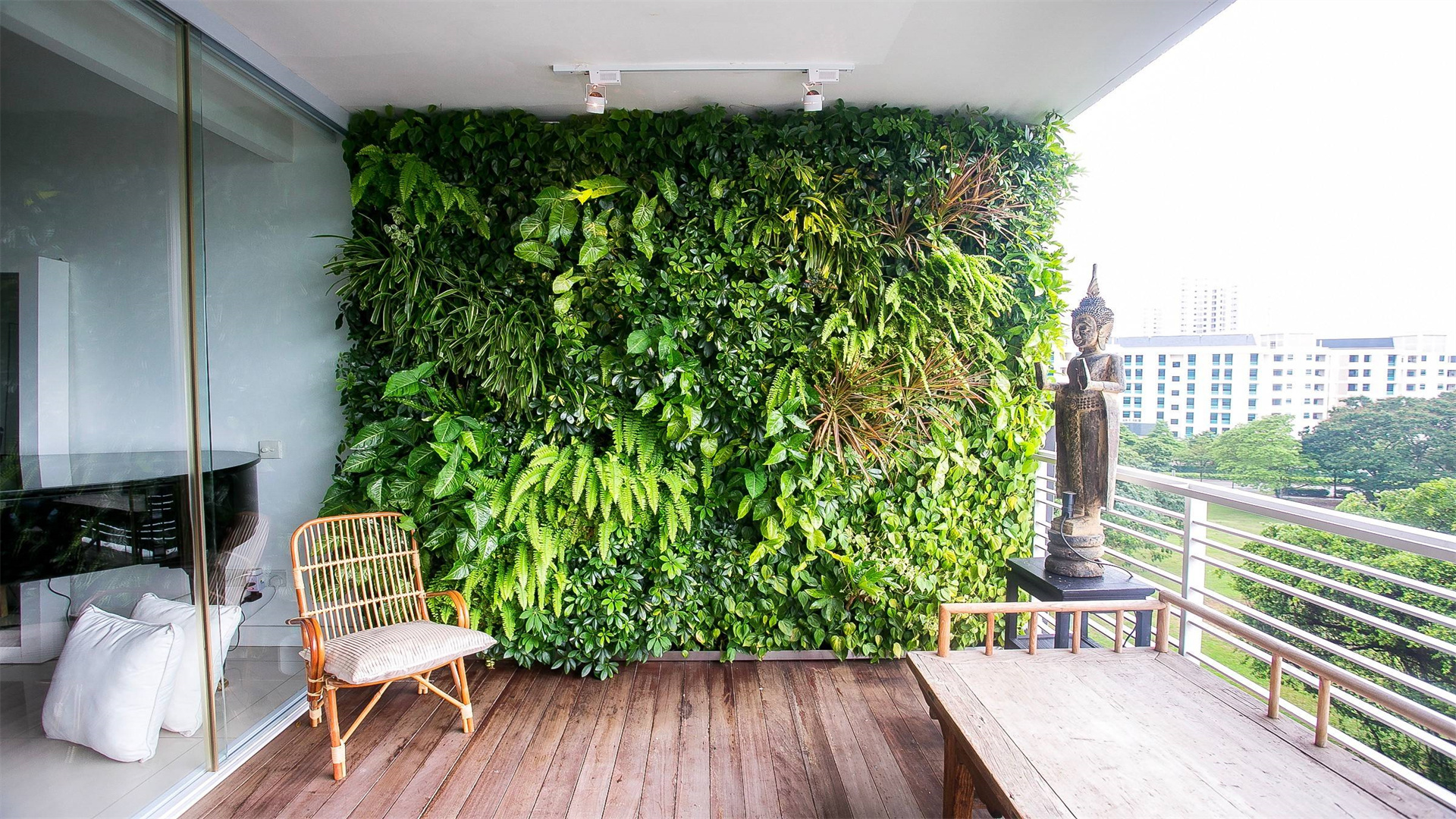
6 DIY Steps to Craft a Breathtaking Vertical Garden in Limited Spaces
Living in a compact apartment or a house with scarce outdoor areas doesn't have to mean sacrificing the pleasure of gardening. Even if all you have is a slender balcony, a petite patio nook, or simply a well-lit windowsill, vertical gardens offer a fantastic way to embrace greenery without the need for a conventional yard. By encouraging plants to grow upwards rather than outwards, you can optimize space and turn bare walls, fences, or railings into stunning, living masterpieces.
Vertical gardens are not just aesthetically pleasing; they can enhance air quality, alleviate stress, and even supply you with fresh herbs and vegetables right at your doorstep. Whether you're a novice or an experienced DIY aficionado, this comprehensive, step-by-step guide will walk you through the process of creating a flourishing vertical garden in confined spaces.
The initial step in establishing a vertical garden is pinpointing the perfect spot. Most plants require a minimum of 4-6 hours of sunlight daily, so strive to find a location that receives abundant light. Excellent choices include balconies, fences, patio walls, or a sunny corner within your home. Even a modest kitchen windowsill can be transformed into a charming mini herb garden.
DIY Pro Tip: If your space has limited sunlight, opt for shade-tolerant plants such as ferns, philodendrons, or pothos. Additionally, you can supplement natural light with LED grow lights for indoor areas, ensuring your plants receive the necessary illumination for healthy growth.
Extra Tip: Consider the microclimate of your chosen location. Areas near heating vents or air conditioning units may experience temperature extremes that could affect plant health. Select a spot with relatively stable temperature and humidity levels.
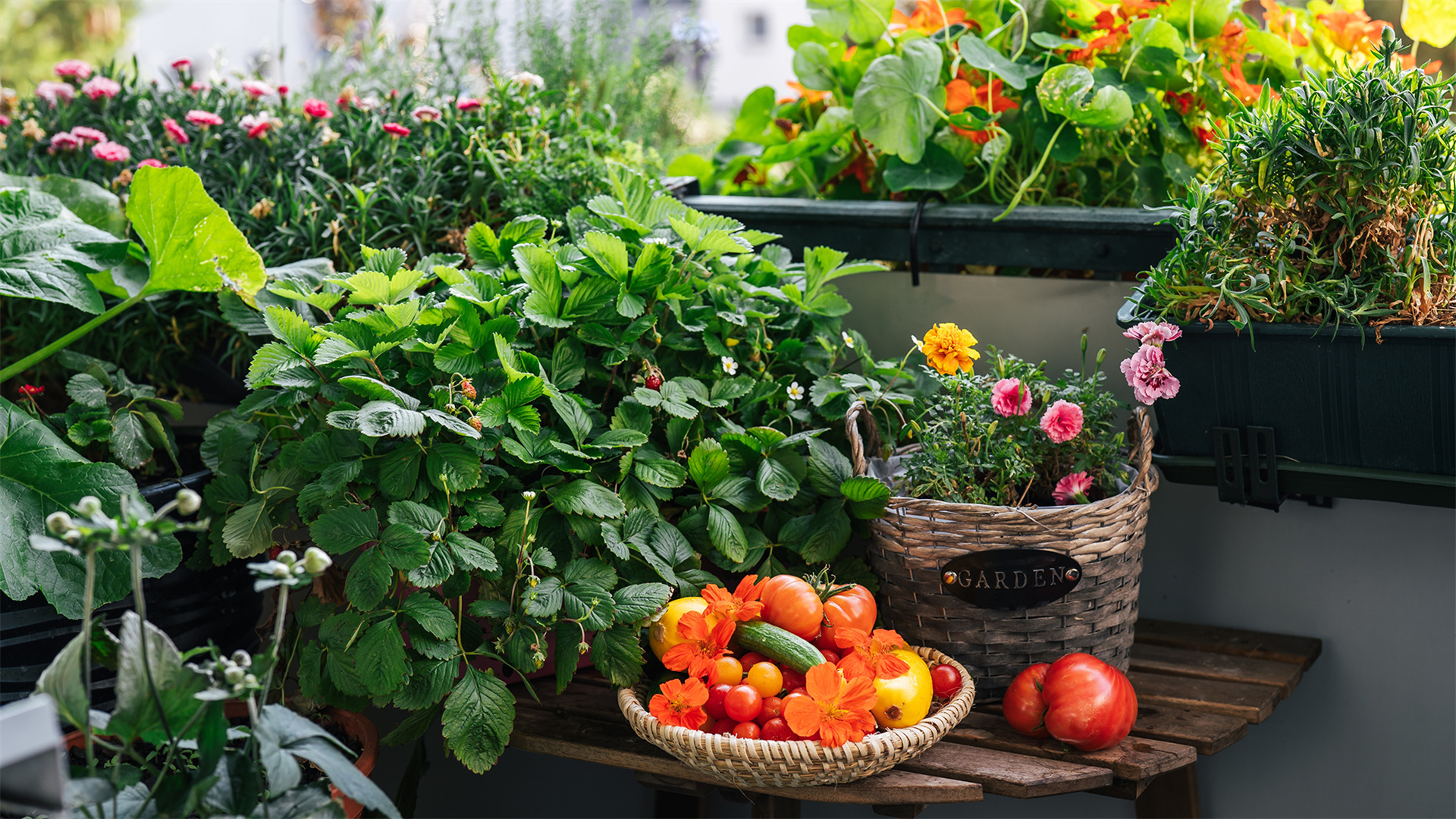
Cultivate Your Own Bounty: Comprehensive Edible Gardening Guide for Novices
Have you ever fantasized about strolling into your backyard, plucking a ripe, juicy peach from a tree you nurtured, or harvesting a cluster of plump, red raspberries bursting with flavor? Picture yourself creating a vibrant fruit salad with strawberries still glistening with morning dew or infusing a refreshing drink with lavender you cultivated yourself. It sounds like a dream, doesn't it? Well, the fantastic news is that you don't require vast acres of land, a sprawling backyard, or an innate green thumb to turn this dream into reality!
Edible gardening is remarkably straightforward, immensely gratifying, and an excellent means to savor fresh, homegrown produce while cutting down on expenses. Whether you possess a spacious garden, a compact balcony, or merely a sun-drenched windowsill, you can embark on your edible gardening journey right away. Ready to get your hands dirty? Let's dive in!
If you're new to the world of gardening, resist the urge to jump into a complex vegetable patch right away. The key to success lies in starting small and selecting plants that don't demand excessive care and attention.
Lettuce & Spinach: These leafy greens are rapid growers and perfect for crafting delicious salads. They can be harvested continuously by picking the outer leaves, allowing the plant to keep producing.
Radishes: Ready to be plucked in just a few weeks, radishes are a quick and easy addition to any garden. Their crisp texture and peppery flavor make them a great snack or salad ingredient.

Revamping Your Garden: A Comprehensive Guide to Crafting Exquisite Garden Art
Gardening transcends the mere act of planting flowers and vegetables; it serves as a remarkable platform for unleashing creativity and infusing your outdoor haven with a distinct personality. One of the most captivating methods to elevate your garden's allure is by integrating art into its fabric. Whether you're a seasoned green - thumb or a complete novice in the gardening realm, embarking on garden art projects can be an incredibly fulfilling and enjoyable pursuit. This article will delve into multiple facets of garden art, encompassing material selection, straightforward do - it - yourself projects, holiday - inspired themes, strategies for adding a personal touch, ways to involve your family, and avenues for seeking inspiration.
The world of garden art materials is a vast and exciting one, brimming with endless possibilities. A significant number of gardeners are drawn to using recycled materials. This practice not only contributes to environmental sustainability by reducing waste but also imparts a one - of - a - kind character to their artistic creations. Common recycled items include discarded glass jars, old metal coffee cans, weathered wooden crates, and fragmented ceramic tiles. These seemingly mundane objects can undergo a remarkable metamorphosis, being transformed into stunning sculptures or decorative elements that mirror your unique aesthetic sensibilities. For instance, glass jars can be repurposed into elegant lanterns that cast a warm, inviting glow in the evening, or they can be strung together to form a charming wind chime that produces melodious sounds with every breeze.
If you have a preference for more conventional materials, wood and metal are excellent choices due to their durability in the face of outdoor elements. Wooden plaques adorned with inspiring quotes or carved into whimsical shapes can act as delightful guides, leading visitors on a captivating journey through your garden. Metal sculptures, on the other hand, can inject a touch of modern sophistication, becoming striking focal points that draw the eye.
For those who are just dipping their toes into the world of garden art, starting with simple projects is an ideal way to build confidence and develop your skills. One highly popular and easy - to - execute idea is creating painted stones. This project requires minimal supplies; all you need are some smooth, flat stones and outdoor - safe paint. You can let your imagination run wild, painting inspirational messages, vibrant patterns, or even tiny scenes on the stones, instantly adding a splash of color and personality to your garden.

7 Top Garden Ornaments Capturing America's Fancy: From Enchanting Luminaries to Quirky Spinners
Elevating your garden into a captivating outdoor retreat can significantly boost your quality of life and sense of tranquility. A well - decorated garden serves as a private sanctuary where you can escape the hustle and bustle of daily life, immersing yourself in the beauty of nature. Garden ornaments not only beautify your space but also foster inviting settings for unwinding and entertaining guests. Whether you're enjoying a quiet evening alone or hosting a lively gathering with friends and family, these decorative elements add a special touch that makes every moment memorable.
Lately, a wide array of garden decor items have gained immense popularity on online marketplaces such as Amazon, catering to a broad spectrum of styles and inclinations. From minimalist modern designs to rustic country - style pieces, there's something for everyone. From captivating lights that cast a magical glow over your evenings, creating a dreamy and romantic atmosphere, to quirky spinners that inject a sense of playfulness, bringing a light - hearted and fun vibe to your outdoor area, there's an option to suit every taste.
In this guide, we'll delve into 7 trending garden ornaments that are winning over American homeowners, helping you discover the ideal pieces to transform your outdoor haven.
The Fantasy Metal Windmill by DreamGarden is a masterpiece of garden artistry, seamlessly blending creativity with nature. This kinetic sculpture is not just a simple decorative item; it's a work of art that comes alive with the power of the wind. It boasts 12 pairs of elegantly designed blades that rotate gracefully in the breeze, creating a spellbinding visual spectacle akin to a floating jellyfish. The movement of the blades is so fluid and mesmerizing that it can hold the attention of anyone who passes by.
Its robust metal frame guarantees durability, ensuring that it can withstand the test of time and various weather conditions. Whether it's strong winds, heavy rain, or intense sunlight, this windmill will remain standing strong. The vivid hues and reflective surfaces add a dash of vibrancy to any garden landscape. The colors are carefully chosen to complement the natural surroundings while also making a bold statement. The reflective surfaces catch the light, creating a dazzling effect that changes throughout the day as the sun moves across the sky.
The windmill is built to withstand the elements, is simple to set up, and operates solely on wind energy, making it an eco - conscious choice. In a world where environmental sustainability is becoming increasingly important, this windmill allows you to decorate your garden without harming the planet. With its captivating movement and gentle whirring sound, this wind sculpture turns any garden into a whimsical paradise, enchanting all who visit. The sound of the blades spinning in the wind adds an extra layer of sensory experience, creating a soothing and relaxing environment.
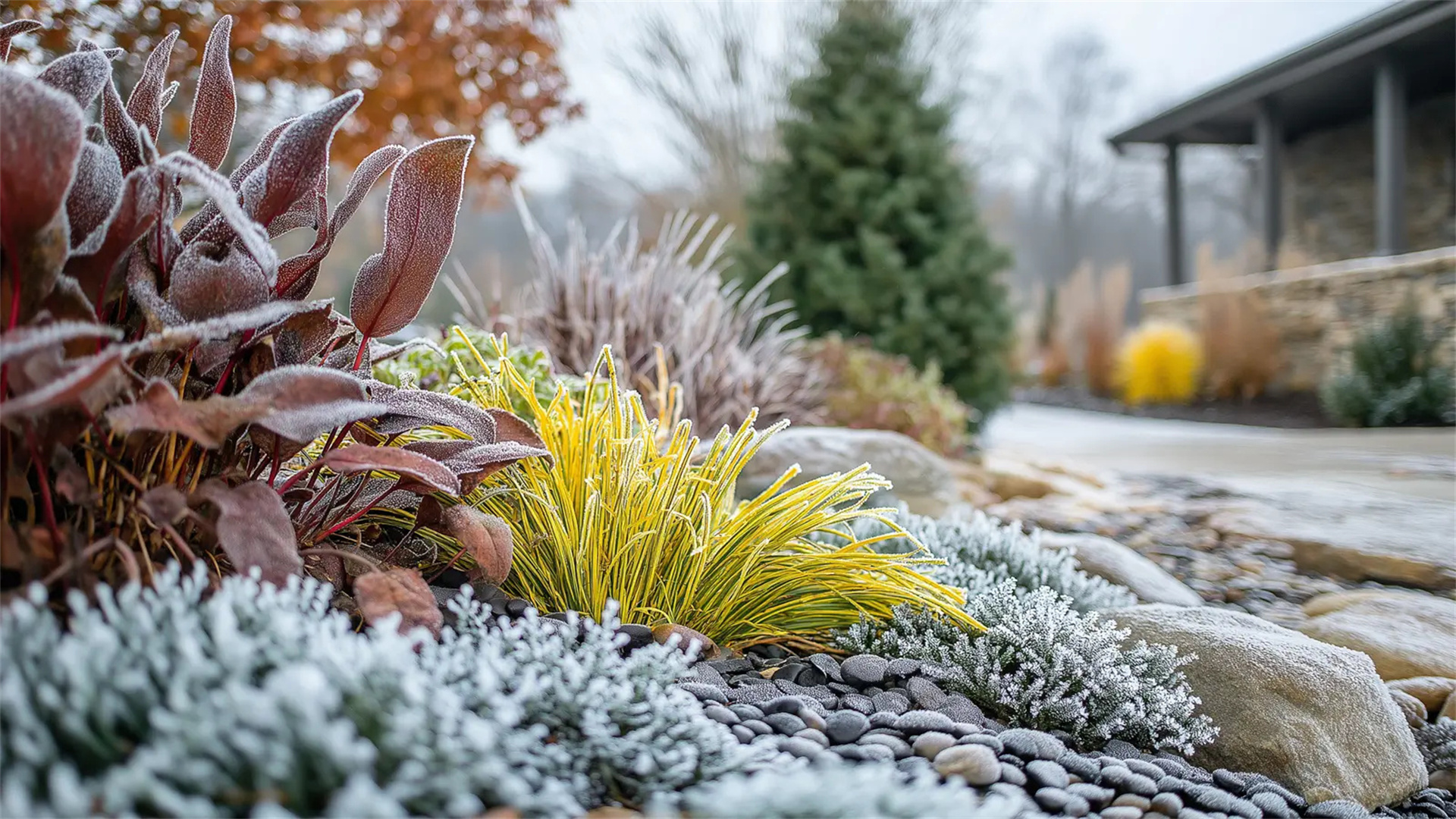
10 Key Ways to Keep Plants Thriving in Winter
Winter casts a unique set of challenges upon the plant kingdom, be they nestled within the cozy confines of our homes or braving the elements outdoors. The days grow shorter, temperatures take a nosedive, and the air becomes parched, collectively creating a harsh environment for plant life. Without proper care and attention, plants can quickly wither away or succumb to the winter's icy grip, a predicament that many plant enthusiasts have faced at least once in their gardening journeys.
So, how can we ensure that our leafy friends enjoy a warm and comfortable winter, much like we humans do? Let's embark on a journey to discover the necessary steps and preparations that can help our plants not only survive but also flourish during the cold season. Here are ten crucial tips to guide your plants through the colder months.
The cornerstone of effective plant care lies in understanding the unique habits and needs of each individual plant. Neglecting this crucial step can lead to a series of misguided efforts that may ultimately harm rather than help your plants. Some plants, such as the resilient evergreens, are well-adapted to withstand freezing temperatures, their hardy nature allowing them to thrive in the harshest of winters. On the other hand, tropical plants and succulents are more delicate creatures, requiring the warmth and stability of an indoor environment to survive.
To gain a comprehensive understanding of your plants' needs, conduct thorough research on their hardiness zones. These zones provide valuable information about the range of temperatures a plant can tolerate, helping you determine whether it's suitable for outdoor winter survival or if it needs to be brought indoors. Additionally, familiarize yourself with their watering requirements and light preferences. Some plants may prefer consistently moist soil, while others thrive in drier conditions. Similarly, the amount of light a plant needs can vary greatly, from full sun to partial shade. By customizing your care regimen to suit each plant's specific needs, you can create an environment that promotes their health and vitality.
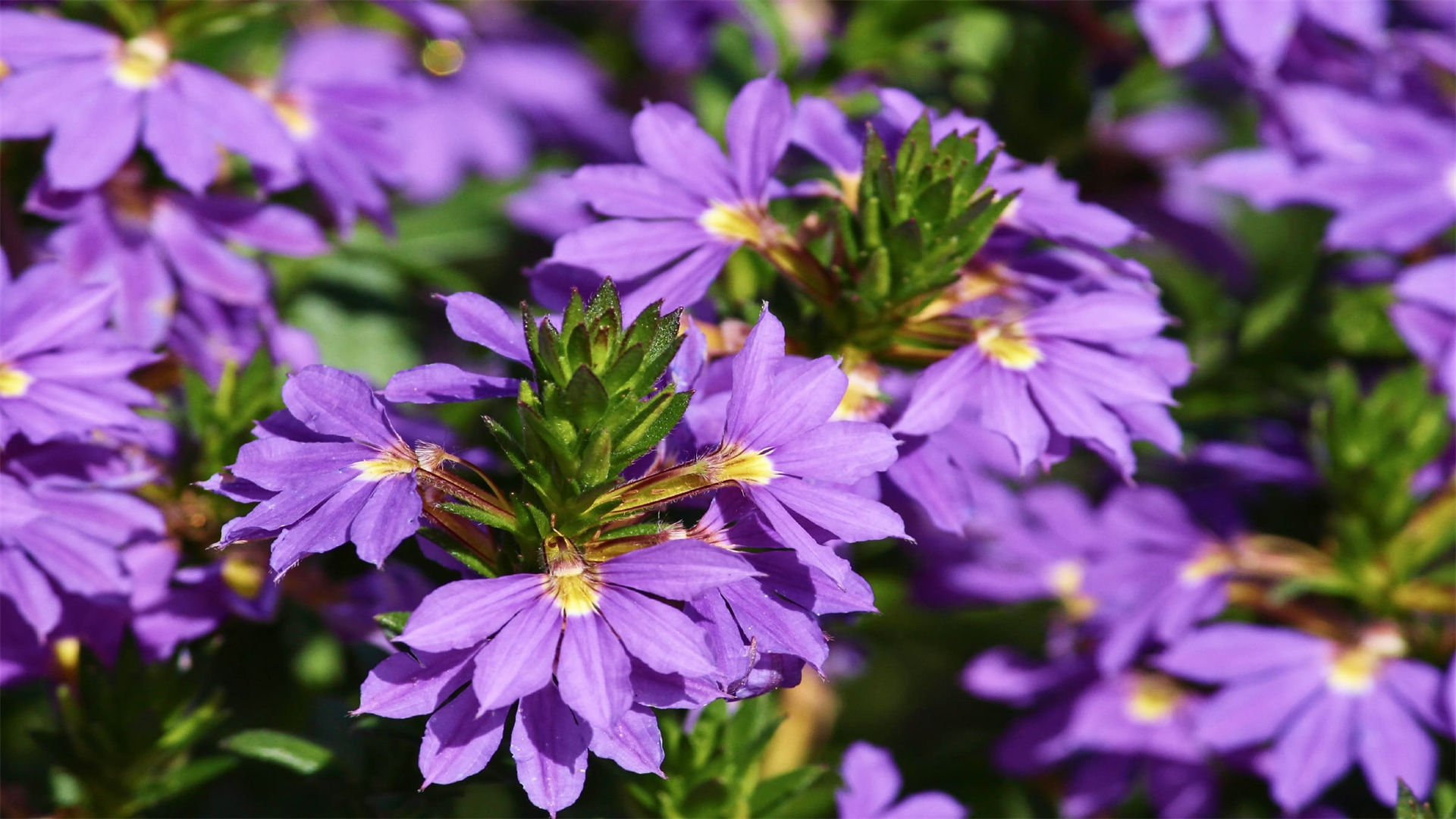
8 Ideal Plants for a Gorgeous Patio Retreat
As the gentle warmth of spring gives way to the lazy, sun - drenched days of summer and the crisp, inviting air of autumn, the call of the outdoors becomes an irresistible siren song. Our patios, those little slices of outdoor heaven, are the perfect places to answer that call. And what better way to elevate our patio experience than by filling them with the vibrant hues, alluring scents, and natural beauty of a carefully curated selection of plants? Whether you're a passionate flower enthusiast, a culinary herb aficionado, a fruit - loving gardener, or someone who simply enjoys a mix of all these elements, your patio has the potential to be transformed into a visually captivating paradise that delights the senses.
To ensure that your patio remains a source of joy and beauty throughout the year, it's wise to consider planting a combination of annuals and perennials. Annuals, with their short but intense blooming periods, can add bursts of color and energy to your patio during specific seasons. Perennials, on the other hand, are the reliable workhorses of the garden, returning year after year to provide a stable foundation of greenery and blooms. By combining these two types of plants, you can create a dynamic and ever - changing outdoor space that is always in bloom.
Moreover, don't be afraid to change up your plant selection annually or with the changing seasons. Just as fashion trends come and go, so too can the look and feel of your patio. By introducing new plants each year or adjusting your plantings to match the seasons, you can keep your patio looking fresh, inviting, and full of life.
Now, let's embark on a journey through a well - curated list of 8 top patio plants. These plants have been carefully selected for their beauty, resilience, and ability to thrive in patio environments. Whether you're a seasoned gardener or a complete novice, these plants are sure to inspire your gardening journey and let you enjoy the rewards of your hard work.
Fan flowers, with their unique and whimsical shape that closely resembles miniature fans, are truly a sight to behold. These charming annuals are not only visually appealing but also incredibly resilient, capable of withstanding a variety of weather conditions. Once they start blooming in the early summer, they keep on producing an abundance of flowers all season long, creating a continuous display of color and beauty.
Available in an array of colors that range from soft purples and blues to bright whites and pinks, fan flowers offer a wide range of options to suit any patio decor. Their cascading growth habit makes them perfect for planting in hanging baskets or elevated containers. As they spill over the edges of these containers, they create a stunning waterfall - like effect that adds a touch of elegance and movement to your patio.
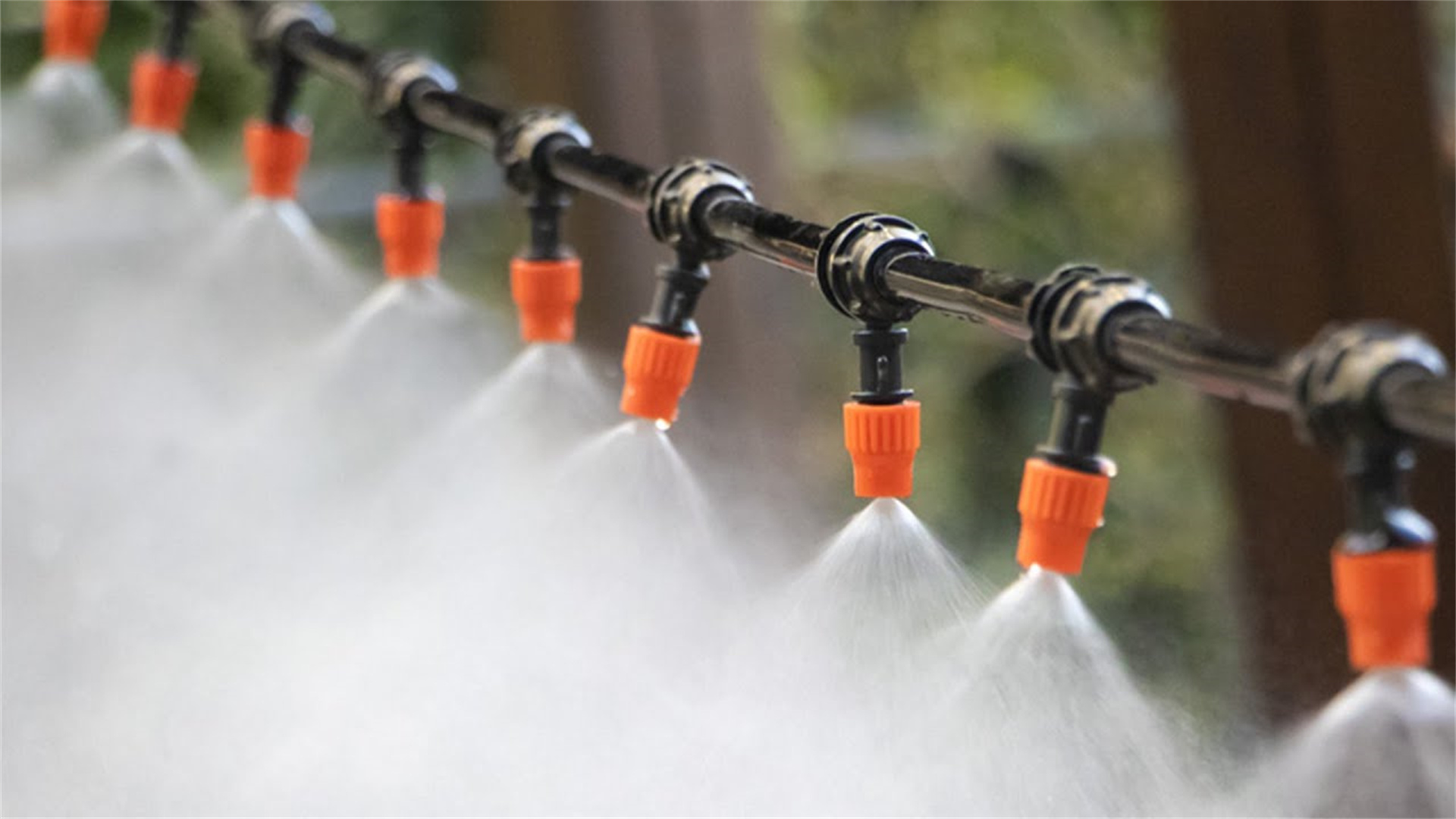
11 Essential Gardening Tools to Enhance Your Gardening Experience
Gardening is an enjoyable and rewarding activity, but it often requires the right set of tools to make the process easier and more efficient. Whether you're an experienced gardener or just getting started, having the right equipment can make all the difference. From watering your plants to maintaining your lawn, these 11 essential garden tools will simplify your gardening efforts, ensuring that your garden thrives with minimal stress.
Watering plants can become a time-consuming chore, especially when you have a large garden. Enter the 'Fog Cooled Automatic Irrigation System', a smart tool designed to take the hassle out of watering. This system allows you to water your garden on a set schedule with just a click, ensuring that your plants receive the right amount of water—without the risk of overwatering or underwatering.
Equipped with three irrigation modes, the system is easy to set up and adjusts the flow of water based on your garden’s needs. The fog-cooled feature helps increase humidity around the plants, reducing water evaporation, making it an efficient watering solution for all types of gardens, including residential homes, office terraces, greenhouses, and even hotel gardens. This tool is perfect for busy gardeners or those who travel frequently, as it guarantees your garden stays hydrated no matter where you are.
A good gardening knife is indispensable for any gardener. The 'Gardening Knife' is a versatile tool designed to serve multiple functions, making it a must-have for anyone who enjoys tending to their garden. Whether you’re weeding, cutting roots, digging, or measuring depth for bulb planting, this knife does it all. Its sharp, concave-shaped blade is ideal for digging and prying, while the marked inch measurements on the blade help ensure you’re planting at the correct depth.

The Ultimate Guide to Caring for Succulents: Tips to Help Them Thrive
Succulents have quickly become one of the most beloved types of plants for both beginner and seasoned gardeners. Their unique, sculptural shapes, vibrant colors, and low-maintenance nature make them a perfect addition to any home or garden. However, while they’re often considered “easy to care for,” succulents still require the right care to thrive and stay healthy. This guide will walk you through everything you need to know to keep your succulents alive, healthy, and growing strong.
Succulents are native to arid environments and love sunlight, but 'too much direct sunlight' can harm them. Just like humans, they can get sunburned! Therefore, it’s essential to give them 'bright, indirect light' for most of the day. A sunny windowsill, a south or west-facing window, is ideal, but be mindful of the intensity of the sun, especially during the peak hours of the day.
If you notice your succulents looking 'pale, stretched out, or discolored', they might be getting too much sun, and it’s time to move them to a shadier spot. On the other hand, if your succulents are becoming leggy or not growing as expected, they might need more light. It's a delicate balance, but the general rule is that 'sun-loving succulents are happiest when they get plenty of bright, indirect sunlight', ideally around 6 hours a day.
One of the most important factors in succulent care is 'watering'. While succulents are known for their drought-tolerant nature, they still need water to thrive. However, the key is to 'water deeply but infrequently', ensuring that the soil is allowed to dry out between waterings.
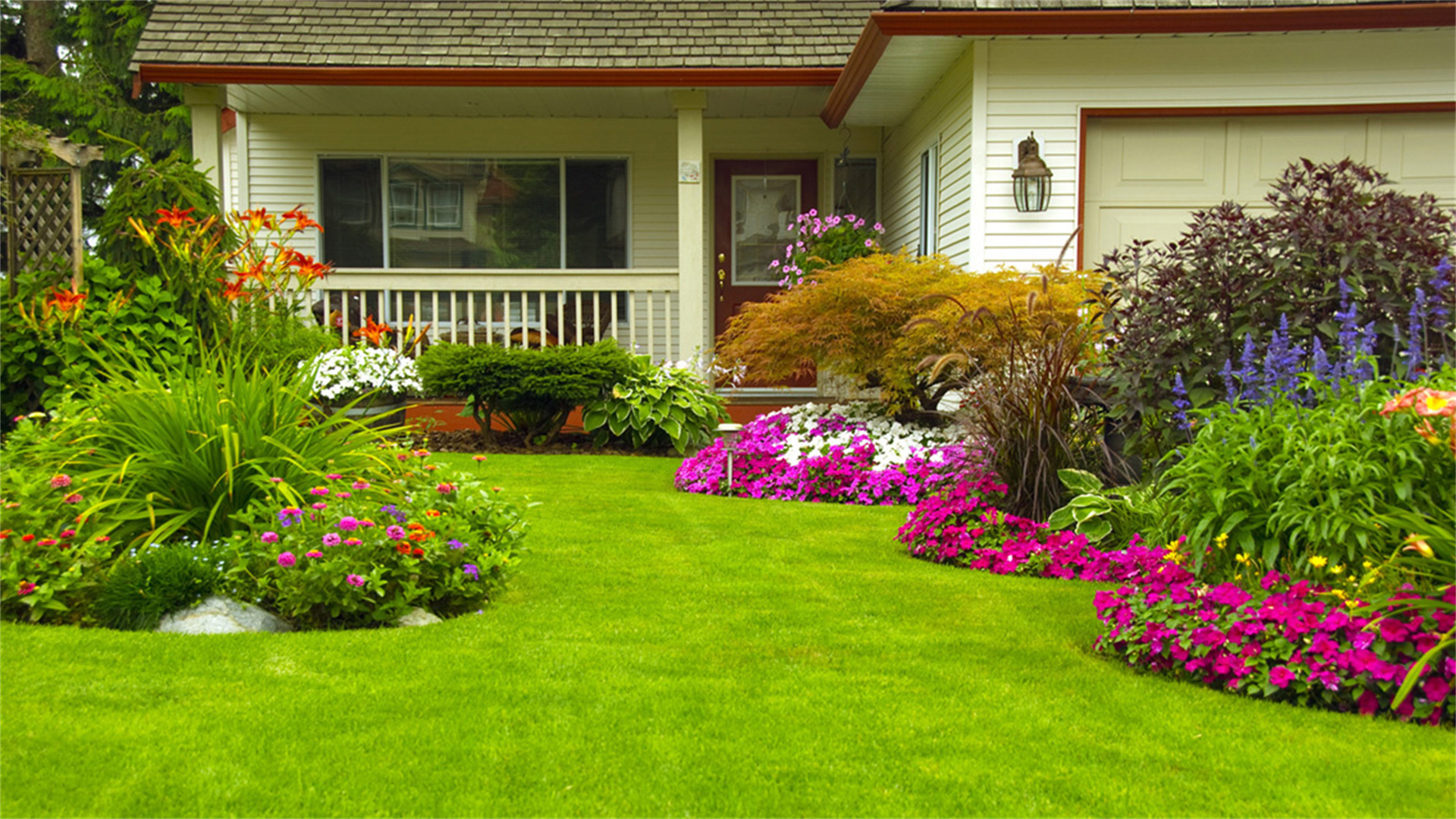
12 Surprising Tips for Effortless and Effective Lawn Mowing
A lush, vibrant lawn can transform any home’s exterior into a beautiful, welcoming space. However, achieving that pristine, green lawn requires more than just watering and fertilizing. Mowing is an essential part of lawn care that helps maintain the health and appearance of your yard. But lawn mowing isn’t as simple as just pushing a mower back and forth—it involves technique, timing, and using the right tools. These 12 expert lawn mowing tips will not only help you achieve a healthy and manicured lawn but also make the process easier and more enjoyable.
Choosing the right lawn mower is the foundation of maintaining a beautiful lawn. The mower you select should depend on the size, shape, and terrain of your lawn. For small, flat lawns, a push mower is often the best choice. It’s lightweight, easy to maneuver, and gives you full control over the cutting process. Push mowers are ideal for precision cuts in smaller areas, and they provide excellent exercise, too.
For larger lawns, especially those with hills or uneven terrain, a self-propelled mower or ride-on mower will save you time and energy. Self-propelled mowers are equipped with wheels that move on their own, making them easier to use on slopes or expansive lawns. If your lawn spans several acres or has more complicated terrain, investing in a ride-on mower can make the job much quicker and less strenuous, letting you cruise through large areas with ease. Look for mowers with adjustable cutting heights so you can customize the mowing height based on the season and your grass type.
A well-maintained mower is key to achieving a clean and efficient cut. Regular maintenance not only improves the performance of your mower but also prolongs its lifespan. Before each mowing season, follow these steps to ensure your mower is in optimal working condition:
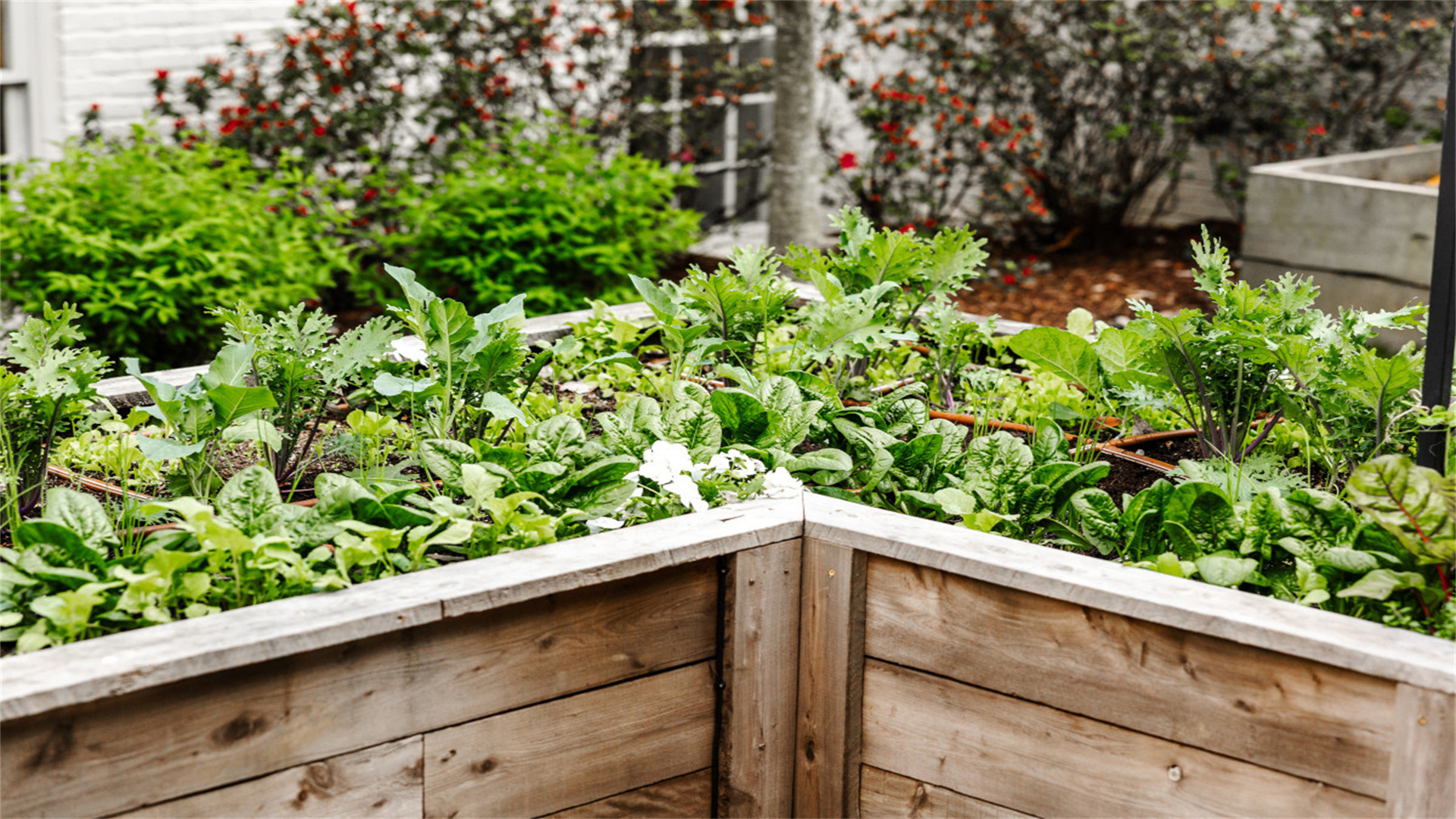
Grow Your Own Food: Easy and Rewarding Gardening Tips for Beginners
Have you ever imagined walking outside, picking a handful of fresh basil, or harvesting crisp, sweet carrots straight from the ground? Picture yourself crafting a salad with tomatoes still warm from the sun, or sipping a cup of tea made from mint you grew yourself. Sounds like a dream come true, right? The good news is—you don’t need a farm, a backyard, or even years of gardening experience to make it a reality!
Edible gardening is easier than you think, incredibly satisfying, and a fantastic way to enjoy fresh, nutritious food straight from your own space. Whether you have a spacious backyard, a cozy balcony, or even just a sunny windowsill, you can start growing your own food today. Ready to get your hands dirty? Let’s dive in!
If you’re new to gardening, it’s easy to get overwhelmed by the idea of managing a large vegetable garden. Instead of jumping into a complicated planting scheme, start small with a few beginner-friendly plants that are easy to grow and require minimal care. By starting simple, you’ll build your gardening confidence and set yourself up for success.
Super Easy Vegetables:
* Lettuce & Spinach – Both of these leafy greens are quick-growing and perfect for beginners. They can be harvested in just a few weeks, making them great for impatient gardeners who want quick results. They thrive in cool weather and are perfect for salads.
* Radishes – One of the fastest-growing vegetables, radishes are ready to harvest in as little as 3-4 weeks. They require minimal attention and can be grown in small spaces, making them ideal for beginners.

15 Inspiring Garden Shed Ideas to Create Your Perfect Outdoor Escape
Transforming a garden shed into a beautiful and functional retreat can redefine how you experience your backyard. Whether you dream of a rustic hideaway surrounded by climbing roses or a sleek modern workspace framed by glass and steel, your shed can be more than a storage space — it can be a reflection of your creativity, passions, and personality.
Below are 15 in-depth garden shed ideas to help you design a backyard sanctuary that’s both stunning and practical.
Turn your garden shed into a light-filled, organized workshop where you can immerse yourself in the rhythm of planting, potting, and crafting. Begin by installing a solid workbench (ideally 6–8 feet long) made of durable, sealed wood or composite board at waist height for comfortable use. Beneath it, build deep drawers or labeled bins for storing potting soil, garden tools, gloves, and small containers.
Above the bench, attach a pegboard wall system for hanging hand tools like trowels and pruners, and install narrow open shelves for jars, seeds, and small pots. If your shed faces west or south, position a large window or skylight to let in abundant sunlight throughout the day. Add adjustable LED task lighting for cloudy days or evening gardening.
For comfort and cleanliness, include a gravel or stone-paved threshold, a boot rack, and a small mat to reduce mud tracking. If you have water access, a mini sink with a hand pump or rainwater tank can make cleanup easier. Finally, install a ventilation vent or small fan to control humidity and prevent mildew — a small but essential touch for serious gardeners.

Enjoy Fresh Green Vegetables All Winter Long: 10 Hardy Varieties That Thrive in the Cold
Winter doesn’t have to mean the end of fresh, homegrown produce. In fact, some of the most flavorful and nutritious vegetables actually thrive in chilly weather. With a bit of preparation, you can extend your growing season well beyond autumn and enjoy crisp, vibrant greens straight from your backyard, even as frost covers the ground.
Whether you live in a northern region where snow is common or in a mild southern climate, there are plenty of cold-hardy vegetables that can survive — and even flourish — during winter’s cold months. Many of these vegetables develop a sweeter, richer taste after being touched by frost because the cold encourages them to convert starches into natural sugars.
With thoughtful planting and a touch of care, your garden can stay alive and productive all winter long. Below are 10 hardy vegetables that promise a steady supply of freshness, flavor, and color to brighten your winter table.
Carrots are one of the most rewarding vegetables for cool-season growing. When grown during fall and early winter, these orange roots become noticeably sweeter — the chill prompts them to store extra sugars as natural antifreeze.
To grow carrots for winter harvest, sow them in late summer or early fall and cover the soil with a thick blanket of straw or mulch as temperatures drop. This insulation prevents the ground from freezing solid and keeps your carrots fresh and crisp underground for months. You can simply pull them out as needed — it’s like having nature’s own refrigerator right in your garden.
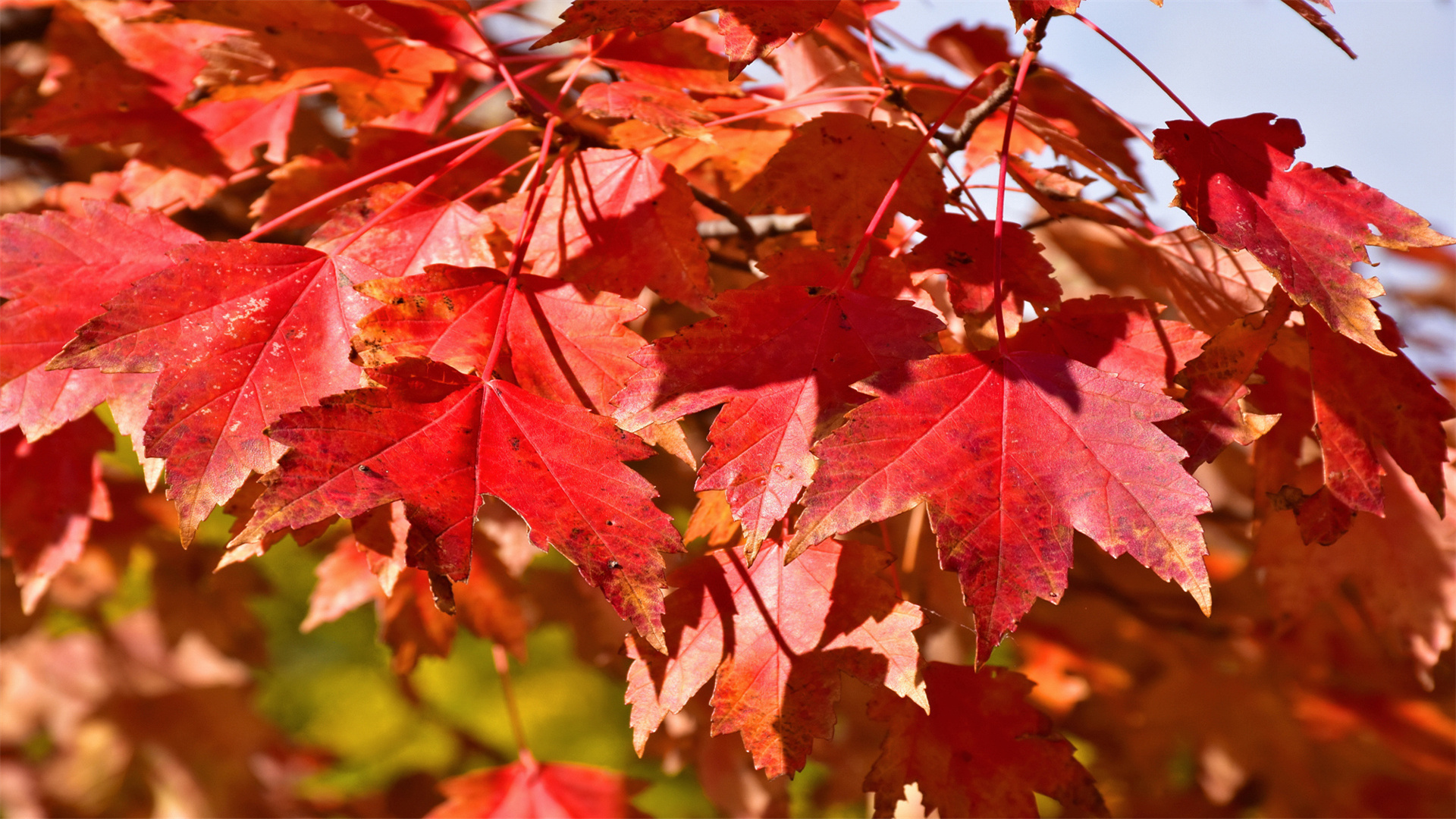
8 Stunning Trees to Transform Your Home Landscape Into a Natural Masterpiece
Adding trees to your property is one of the most rewarding ways to enhance both its beauty and ecological balance. Beyond their obvious aesthetic appeal, trees provide a wealth of benefits—they purify the air, create cooling shade during hot summers, reduce noise, and offer shelter and food for birds and other wildlife. Whether your goal is to create a peaceful retreat, boost curb appeal, or improve your home’s environmental footprint, the right trees can make all the difference.
Here are eight exceptional tree species that not only thrive across a range of U.S. climates but also bring year-round color, texture, and life to your home landscape.
If you’re looking for a tree that delivers breathtaking beauty in every season, the Red Maple is a top contender. With its rounded to oval canopy and mature height of 40 to 60 feet, this versatile species grows well in USDA Zones 3–9, making it one of the most widely adaptable trees in North America.
In spring, Red Maples delight with tiny red buds and flowers that signal the end of winter. By summer, their broad green leaves provide generous shade, creating a cool haven in your yard. When autumn arrives, the tree transforms into a blaze of color—its leaves turning shades of gold, scarlet, and crimson that can rival any fall landscape.
This fast-growing tree also supports local ecosystems by offering habitat for squirrels, songbirds, and beneficial insects. Affordable and easy to establish, the Red Maple is a reliable choice for homeowners seeking a blend of beauty, practicality, and low maintenance.

6 DIY Steps to Build a Striking Vertical Garden in Small or Confined Spaces — Ultra-Expanded Edition
Living in a compact home or an apartment with limited access to outdoor areas often makes people believe that gardening is out of reach. But even the smallest spaces—those corners you barely notice, the narrow ledges along your window, the slim balcony that can only fit a chair, or even the blank wall near your kitchen—can be transformed into flourishing green zones with the help of vertical gardening. This method relies on height rather than floor space, giving you the opportunity to bring nature indoors or enhance small outdoor nooks without overcrowding your living environment.
Vertical gardens offer countless benefits beyond aesthetics. Plants help purify the air by absorbing pollutants, they soften harsh architectural lines, and they bring a sense of serenity into busy urban living. They can create privacy screens, reduce the echo inside a room, cool down sun-drenched balconies, and offer fresh herbs or small vegetables right where you cook. Whether you are new to gardening or already skilled with DIY tools, this expanded guide will walk you through each step with more depth, options, and creative ideas than before—making it easier than ever to build a healthy, stunning, and truly personalized vertical garden.
Your vertical garden’s success begins long before you plant your first seed—it starts with choosing the ideal spot. While most plants require 4–6 hours of light, not all light is equal. Morning sunlight is gentler and ideal for delicate plants, whereas afternoon sunlight is stronger and suits sun-loving species. As you assess your space, observe how light shifts throughout the day and how shadows move across walls or balconies.
Possible locations include:
Balcony railings or privacy screens
Sturdy fences in small backyards
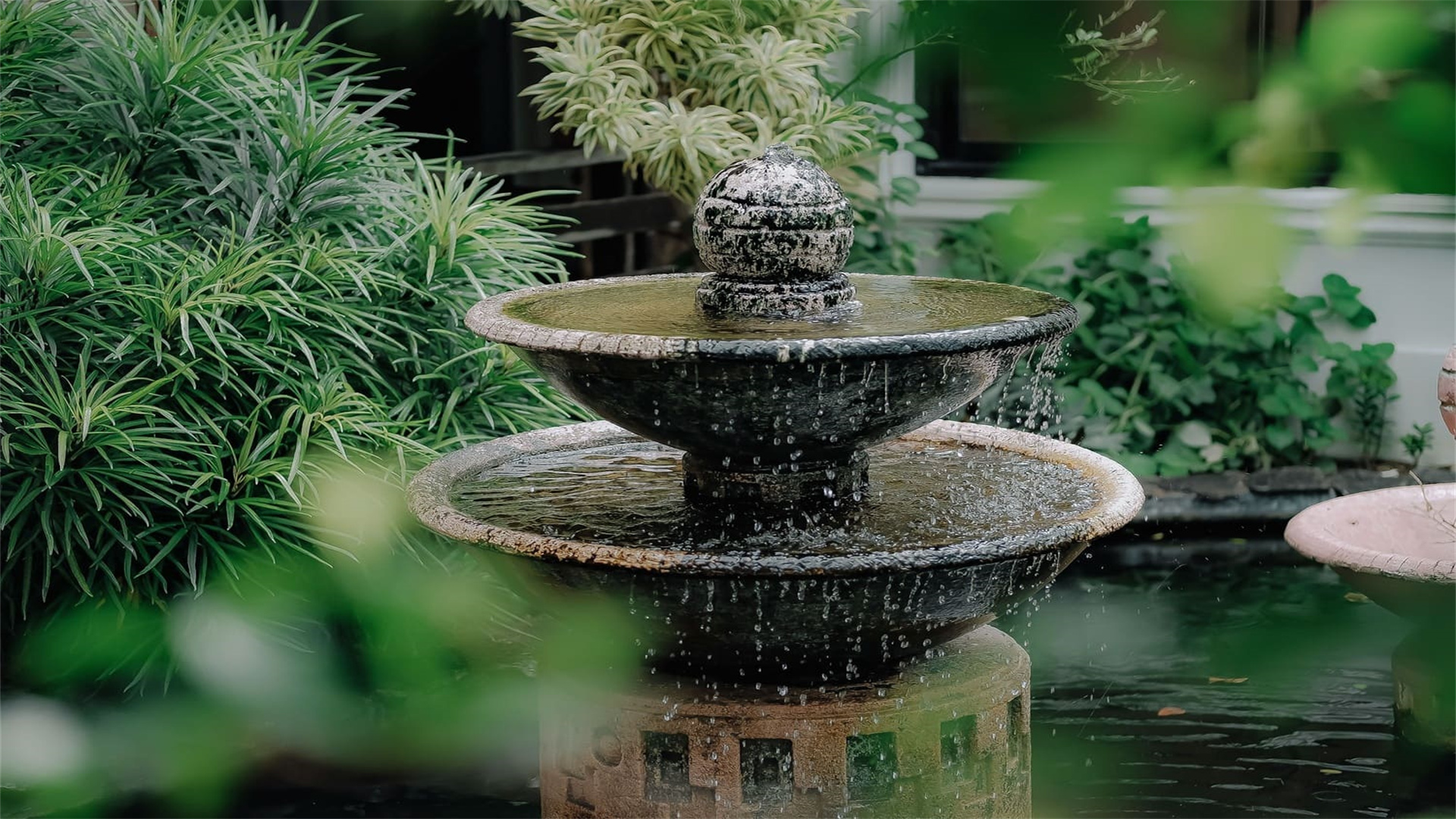
How to Set Up a Miniature Water Feature for Your Garden
A garden becomes truly alive when water enters the scene. Even the simplest trickle adds movement, texture, and sound—turning an ordinary outdoor corner into a calming sanctuary. Many people assume they need a sprawling landscape or a professional installer to enjoy a water feature, but in reality, compact water elements are easy for anyone to create. With a bit of planning, a few well-chosen materials, and some imagination, you can build a small water feature that brings serenity, elegance, and a touch of magic to your garden.
This extended guide walks you through every detail, offering tips, examples, and practical ideas to help you design a miniature water feature that reflects your style and enhances your outdoor environment.
The presence of water introduces a multi-sensory experience that few other elements can match.
The soft murmur of running water creates a soundscape that naturally slows the mind. Studies in environmental psychology show that gentle water noises help lower stress levels, improve concentration, and promote emotional well-being. Whether you’re doing morning stretching, journaling, reading a book, or enjoying a cup of tea, the steadiness of flowing water enhances relaxation.
